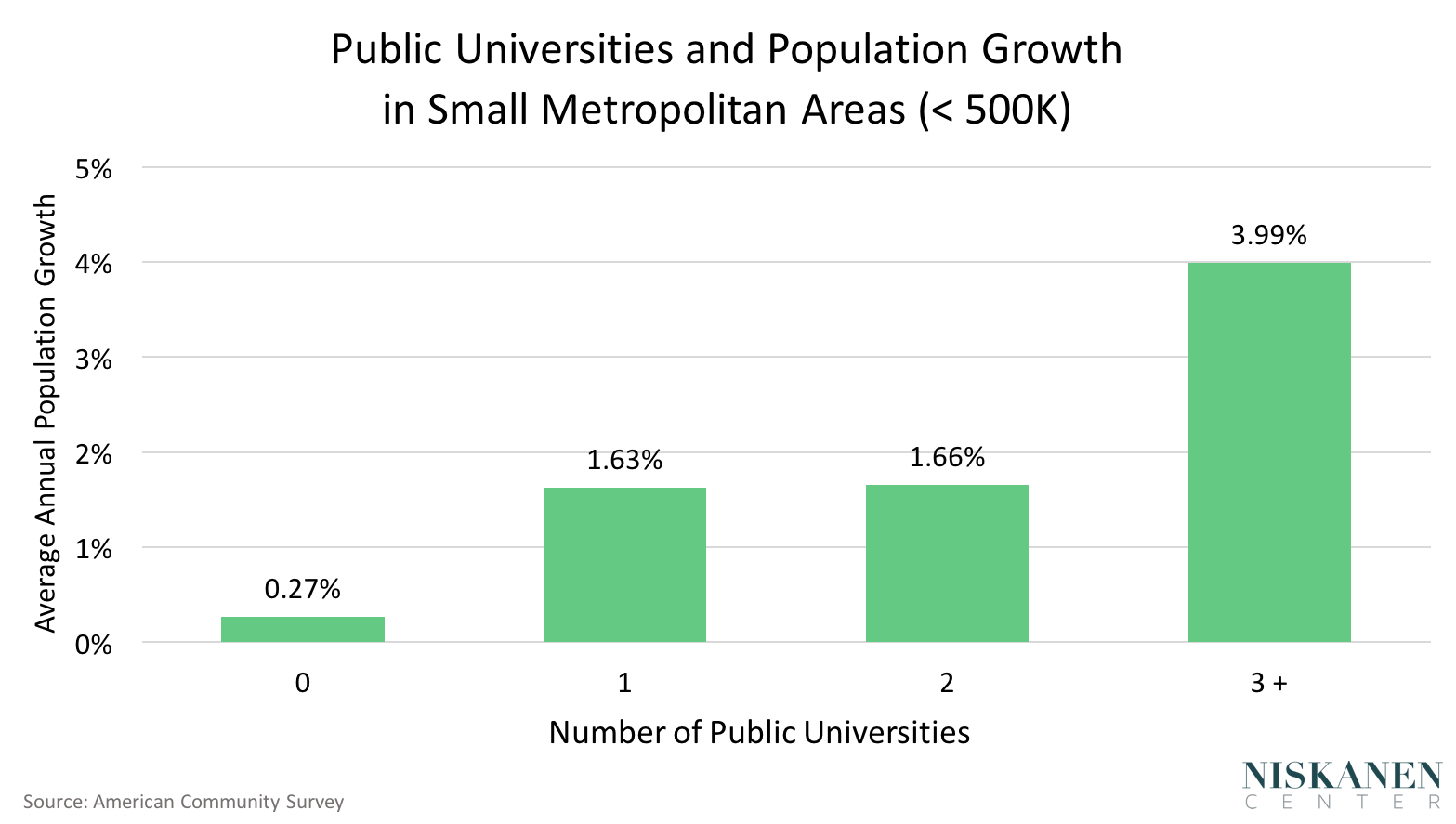Alaska Governor Mike Dunleavy shocked the state legislature last month when he vetoed over $400 million in state spending—a far steeper number than anticipated. Included in the veto was over $130 million in cuts to the University of Alaska. This comes as Alaska struggles to deal with a prolonged economic slump caused by low oil prices, forcing state lawmakers to make some tough decisions as tax revenue falls.
Lawmakers have since failed to override the governor’s veto. As a result, the university system may soon see an astonishing 41 percent cut to aid from the state, which will lead to layoffs and possibly outright closures of smaller campuses. The financial fallout from these cuts could be even larger as federal money and research grants fall through in response to staff and faculty cuts. The Anchorage campus, for example, could see 40 of its 105 degree programs eliminated. Moody’s dramatically downgraded the university system’s credit rating in response, which could further hamper the university’s finances down the road.
Alaska’s case is extreme. Yet state universities nearly everywhere have seen substantial cuts to state aid in the aftermath of the Great Recession, putting further pressure on school budgets already strained by rising healthcare and pension costs. Some states have chosen to reduce their systems’ emphasis on research, and instead focus on teaching and career readiness, particularly at second and third-tier universities.
As tempting as this may be, research-oriented universities produce long-run value for regional economic development. Research universities make regional economies more dynamic and resilient in the face of globalization, and create islands of economic activity in otherwise distressed parts of the country. For a struggling state like Alaska, this makes university cuts even more short-sighted than one might think.
Research Universities as Cluster Policy
Modern economic development strategies often lean on cluster policy, which aims to create regional hubs of economic activity that take advantage of returns to scale and density. There are a number of economic forces at work, including agglomeration effects, knowledge spillover, and network effects. In short, when firms and workers cluster together, productivity increases, as they learn from each other, form tighter networks, and create thicker markets that better match workers with other inputs to firms. Successful development policy takes advantage of these forces and encourages the formation of more resilient regional economies.
Universities, and in particular research universities, can serve as strong anchors to these clusters, attracting both high-productivity firms and workers. Research from Shawn Kantor and Alexander Whalley of the University of California used a novel technique to estimate the effects of increased university spending on local economic outcomes, and found that increases in university expenditures raise the wages of workers in the surrounding area. The more research-intensive the university, the greater the spillover benefits. Those with more graduate students—a reasonable proxy for investment in research—were also found to provide an even greater benefit to their surrounding communities.
Economist Naomi Hasuman found similar results by studying the large boost in federal research investment at state universities from the 1980s. The injection of resources spending produced persistent, positive effects on local firm expansion, wages, and employment in surrounding communities. Investment in research, in particular, served as a significant magnet for firms.
Evidence from Great Britain further suggests that firms across a number of sectors are more likely to locate R&D labs near research universities, presumably to take advantage of the highly-concentrated pool of specialized workers. The link between firm location decisions and local human capital supply is well-documented, as was prominently manifested in Amazon’s search for a second headquarters last year. Yet while rich states can afford to waste tax dollars on direct inducements, there’s no substitute for having the human capital in the first place.
If the full cuts to Alaska’s system materialize, the state university’s world leading scholarship on climate change, atmospheric science, and environmental science more broadly could suffer. Not only will this hurt the public’s understanding of these phenomena, but if existing evidence is correct, it could also cause highly-skilled residents to leave the state, making it a less attractive location for employers who might take advantage of university resources elsewhere.
Easing Population Loss
Stagnant communities across the country are also facing a more straightforward problem: population loss. Lower birthrates, flat immigration, and an aging population are putting a damper on the country’s long-run economic growth potential, but these trends are particularly severe in economically stagnant parts of the Upper Midwest, Appalachia, and Deep South. As national demographic trends intensify over the next few decades, this phenomenon will spread. According to the Economic Innovation Group, a majority of American counties already have shrinking working-age populations.

Universities may be useful tools for attracting high-skilled workers and innovative firms, but they can also help ease or even reverse general population decline. Demographer Lyman Stone highlights the case of Pikeville, Kentucky, a small town in the heart of coal country. While the region is suffering from the sudden collapse of the area’s coal industry, Pikeville has rapidly expanded thanks to its medical school, and new programs in business, education and optometry. “Now approaching a tripling of its size in just a few years,” notes Stone, “the University of Pikeville has drawn in literally thousands of new students, as well as faculty. And that’s not to mention the blue-collar workers who actually keep a university or hospital running day-in, day-out, or the increase in demand for construction driven by large university building projects.”
None of this is to say throwing public funds at universities is a panacea, nor that public research universities should be off-limits when state lawmakers are faced with budget shortfalls. But given the benefits research universities produce for local economies, policymakers should consider taking a more holistic view of their value to local economic development. This is particularly true for Alaska. With oil revenues on the decline, investments in human capital may be their last frontier.
Connor O’Brien is a master’s student at the University of Chicago’s Harris School of Public Policy.